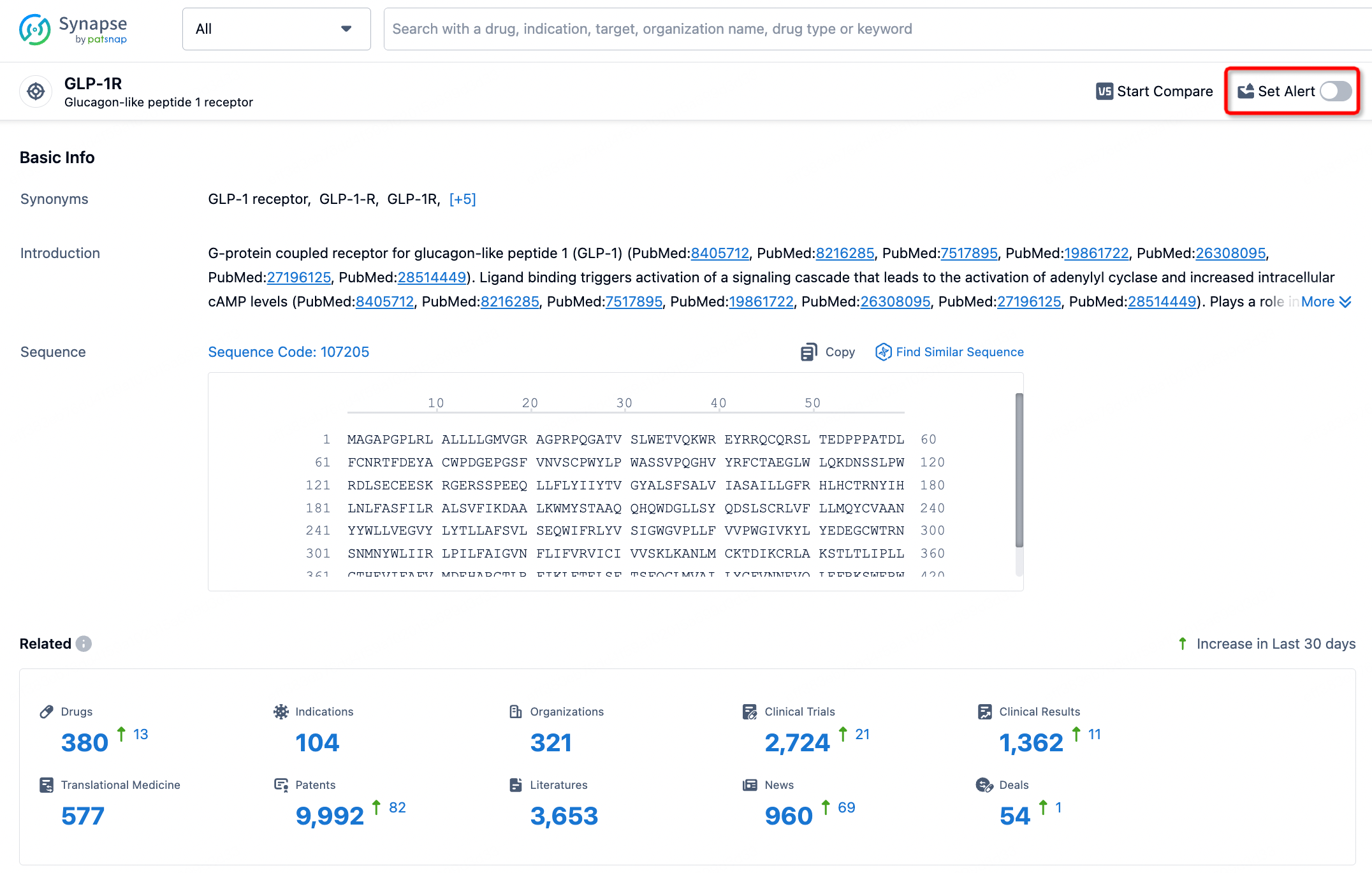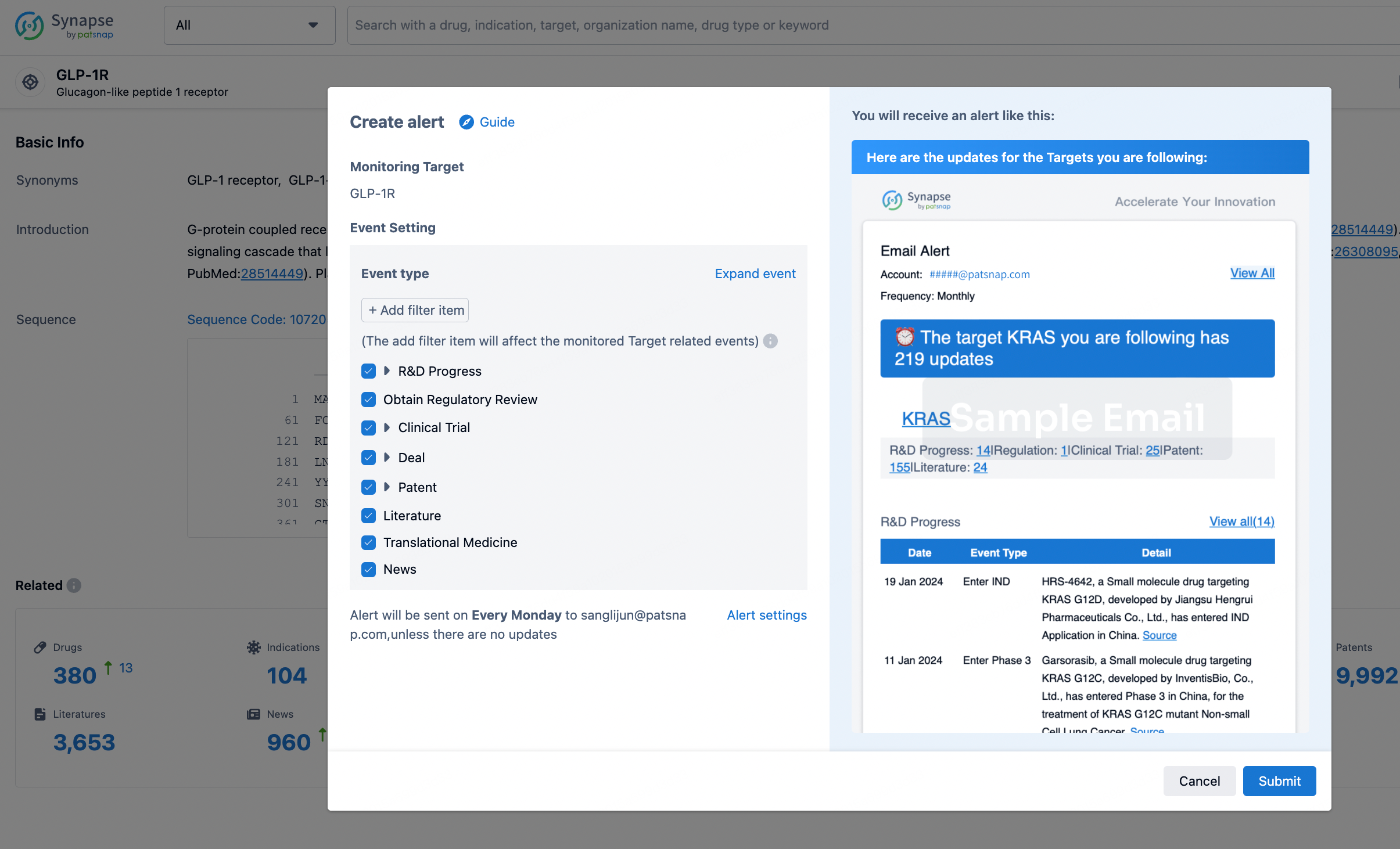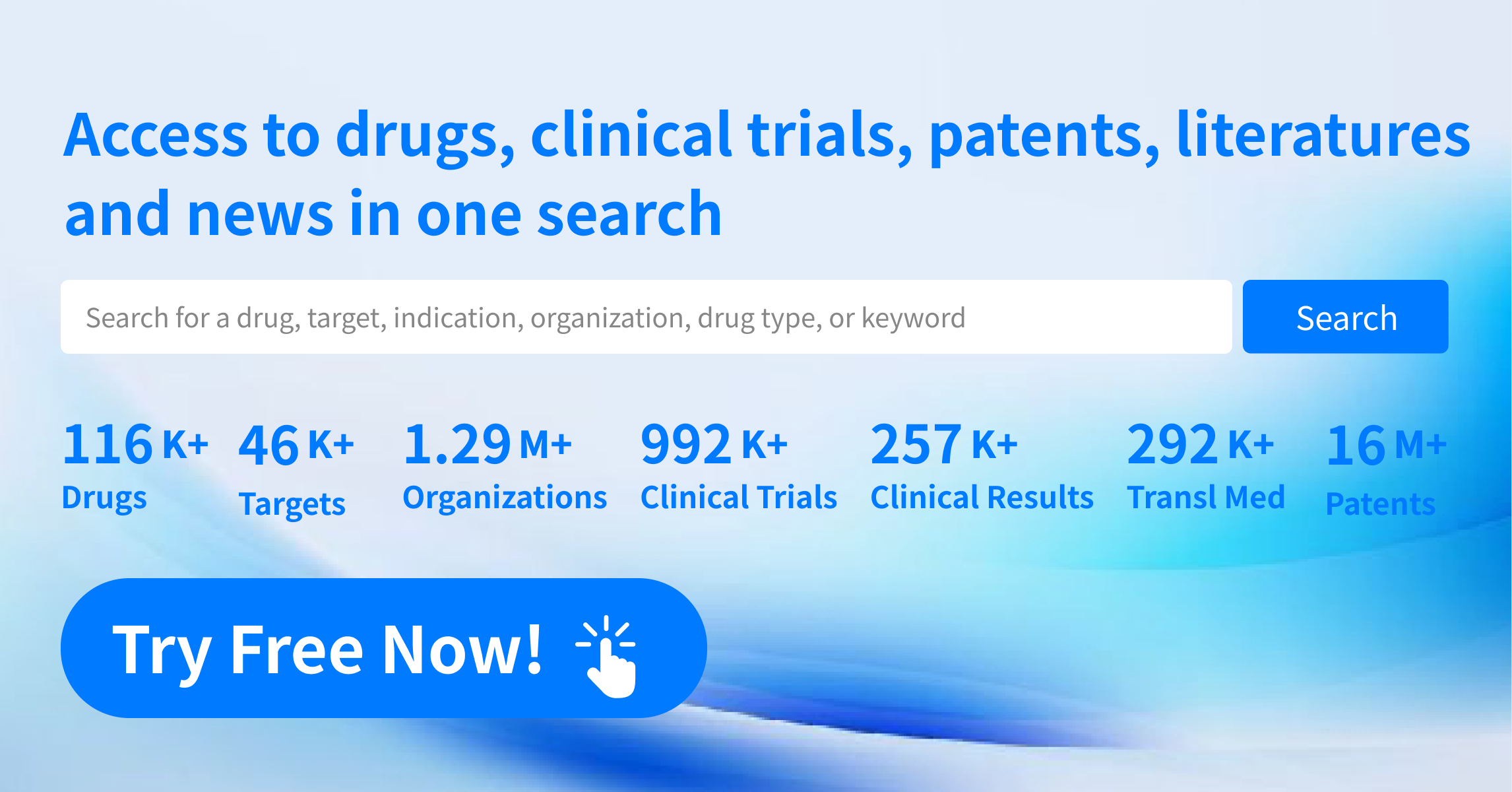Request Demo
What are cruzain inhibitors and how do they work?
25 June 2024
Cruzain inhibitors have garnered significant attention in recent years due to their potential in treating neglected tropical diseases, particularly Chagas disease. Chagas disease, caused by the protozoan parasite Trypanosoma cruzi, poses a significant health risk in Latin America and other regions. One of the key enzymes that facilitate the lifecycle of this parasite is cruzain, making it a prime target for therapeutic intervention. In this blog post, we will explore what cruzain inhibitors are, how they work, and what they are used for, shedding light on their promise in the fight against this debilitating disease.
Cruzain is a cysteine protease enzyme that plays a crucial role in the life cycle of Trypanosoma cruzi. This enzyme is essential for the parasite’s ability to invade host cells, replicate, and ultimately cause disease. By inhibiting cruzain, researchers aim to disrupt these vital processes, thereby halting the progression of the disease. Cruzain inhibitors work by binding to the active site of the enzyme, rendering it inactive and preventing it from catalyzing the reactions necessary for the parasite's survival and proliferation. This targeted approach has shown great promise in preclinical studies, offering a potential pathway for developing effective treatments for Chagas disease.
Cruzain inhibitors are designed to be highly selective, meaning they specifically target the cruzain enzyme without affecting other enzymes in the host organism. This selectivity is crucial because it minimizes the potential for off-target effects and reduces the risk of toxicity, a common challenge in drug development. By binding to the active site of cruzain, these inhibitors effectively block the enzyme's activity, preventing it from cleaving peptide bonds and disrupting the parasite's ability to process essential proteins. This disruption ultimately leads to the death of the parasite, offering a potential cure for Chagas disease.
Several classes of cruzain inhibitors have been developed, each with its own unique mechanism of action. Some inhibitors function by forming a covalent bond with the active site cysteine residue of cruzain, while others operate through non-covalent interactions. Covalent inhibitors tend to be more potent and durable because they form a permanent bond with the enzyme, ensuring sustained inhibition. Non-covalent inhibitors, on the other hand, offer the advantage of reversibility, allowing for more controlled inhibition and potentially reducing the risk of side effects. Researchers continue to explore and optimize these various approaches to develop the most effective cruzain inhibitors for clinical use.
Cruzain inhibitors hold great promise for the treatment of Chagas disease, a condition that affects millions of people worldwide and is often neglected in terms of research and development. Currently, the available treatments for Chagas disease are limited and often come with significant side effects. The development of cruzain inhibitors represents a potential breakthrough in providing more effective and safer therapies for patients. By specifically targeting the enzyme crucial for the parasite's survival, these inhibitors offer a novel approach to combating the disease at its root.
In addition to their potential in treating Chagas disease, cruzain inhibitors have also shown promise in addressing other parasitic infections caused by related protozoa. For example, the mechanisms of action of cruzain inhibitors may be applicable to diseases such as leishmaniasis, which shares similarities with Chagas disease in terms of the parasite’s lifecycle and enzyme targets. This broader applicability underscores the importance of continued research and development of cruzain inhibitors, as they may offer a versatile solution for multiple neglected tropical diseases.
In conclusion, cruzain inhibitors represent a promising avenue for the treatment of Chagas disease and potentially other parasitic infections. By specifically targeting the cruzain enzyme, these inhibitors disrupt the parasite's lifecycle, offering a novel and effective approach to combating the disease. While significant progress has been made in preclinical studies, further research and clinical trials are necessary to fully realize the potential of cruzain inhibitors in improving global health. As researchers continue to explore and optimize these compounds, there is hope that cruzain inhibitors will pave the way for more effective and safer treatments for neglected tropical diseases, ultimately improving the lives of millions of affected individuals worldwide.
Cruzain is a cysteine protease enzyme that plays a crucial role in the life cycle of Trypanosoma cruzi. This enzyme is essential for the parasite’s ability to invade host cells, replicate, and ultimately cause disease. By inhibiting cruzain, researchers aim to disrupt these vital processes, thereby halting the progression of the disease. Cruzain inhibitors work by binding to the active site of the enzyme, rendering it inactive and preventing it from catalyzing the reactions necessary for the parasite's survival and proliferation. This targeted approach has shown great promise in preclinical studies, offering a potential pathway for developing effective treatments for Chagas disease.
Cruzain inhibitors are designed to be highly selective, meaning they specifically target the cruzain enzyme without affecting other enzymes in the host organism. This selectivity is crucial because it minimizes the potential for off-target effects and reduces the risk of toxicity, a common challenge in drug development. By binding to the active site of cruzain, these inhibitors effectively block the enzyme's activity, preventing it from cleaving peptide bonds and disrupting the parasite's ability to process essential proteins. This disruption ultimately leads to the death of the parasite, offering a potential cure for Chagas disease.
Several classes of cruzain inhibitors have been developed, each with its own unique mechanism of action. Some inhibitors function by forming a covalent bond with the active site cysteine residue of cruzain, while others operate through non-covalent interactions. Covalent inhibitors tend to be more potent and durable because they form a permanent bond with the enzyme, ensuring sustained inhibition. Non-covalent inhibitors, on the other hand, offer the advantage of reversibility, allowing for more controlled inhibition and potentially reducing the risk of side effects. Researchers continue to explore and optimize these various approaches to develop the most effective cruzain inhibitors for clinical use.
Cruzain inhibitors hold great promise for the treatment of Chagas disease, a condition that affects millions of people worldwide and is often neglected in terms of research and development. Currently, the available treatments for Chagas disease are limited and often come with significant side effects. The development of cruzain inhibitors represents a potential breakthrough in providing more effective and safer therapies for patients. By specifically targeting the enzyme crucial for the parasite's survival, these inhibitors offer a novel approach to combating the disease at its root.
In addition to their potential in treating Chagas disease, cruzain inhibitors have also shown promise in addressing other parasitic infections caused by related protozoa. For example, the mechanisms of action of cruzain inhibitors may be applicable to diseases such as leishmaniasis, which shares similarities with Chagas disease in terms of the parasite’s lifecycle and enzyme targets. This broader applicability underscores the importance of continued research and development of cruzain inhibitors, as they may offer a versatile solution for multiple neglected tropical diseases.
In conclusion, cruzain inhibitors represent a promising avenue for the treatment of Chagas disease and potentially other parasitic infections. By specifically targeting the cruzain enzyme, these inhibitors disrupt the parasite's lifecycle, offering a novel and effective approach to combating the disease. While significant progress has been made in preclinical studies, further research and clinical trials are necessary to fully realize the potential of cruzain inhibitors in improving global health. As researchers continue to explore and optimize these compounds, there is hope that cruzain inhibitors will pave the way for more effective and safer treatments for neglected tropical diseases, ultimately improving the lives of millions of affected individuals worldwide.
How to obtain the latest development progress of all targets?
In the Synapse database, you can stay updated on the latest research and development advances of all targets. This service is accessible anytime and anywhere, with updates available daily or weekly. Use the "Set Alert" function to stay informed. Click on the image below to embark on a brand new journey of drug discovery!
AI Agents Built for Biopharma Breakthroughs
Accelerate discovery. Empower decisions. Transform outcomes.
Get started for free today!
Accelerate Strategic R&D decision making with Synapse, PatSnap’s AI-powered Connected Innovation Intelligence Platform Built for Life Sciences Professionals.
Start your data trial now!
Synapse data is also accessible to external entities via APIs or data packages. Empower better decisions with the latest in pharmaceutical intelligence.


